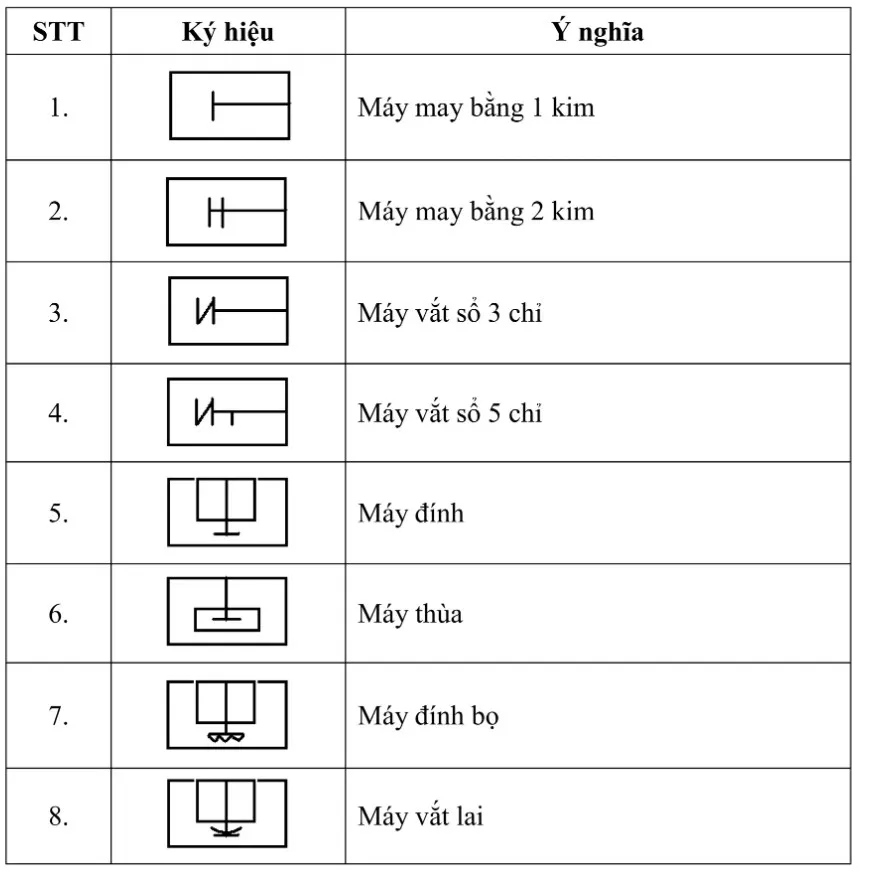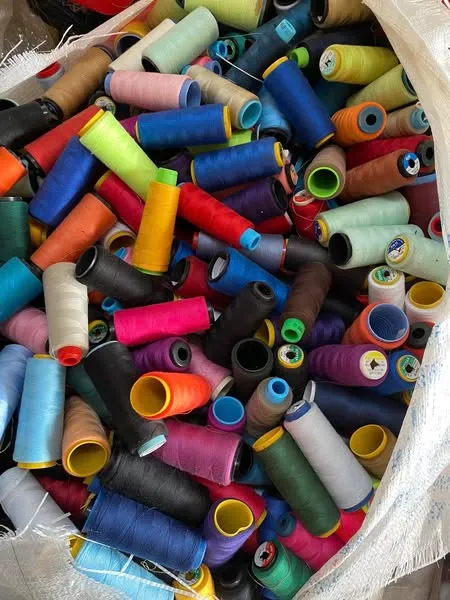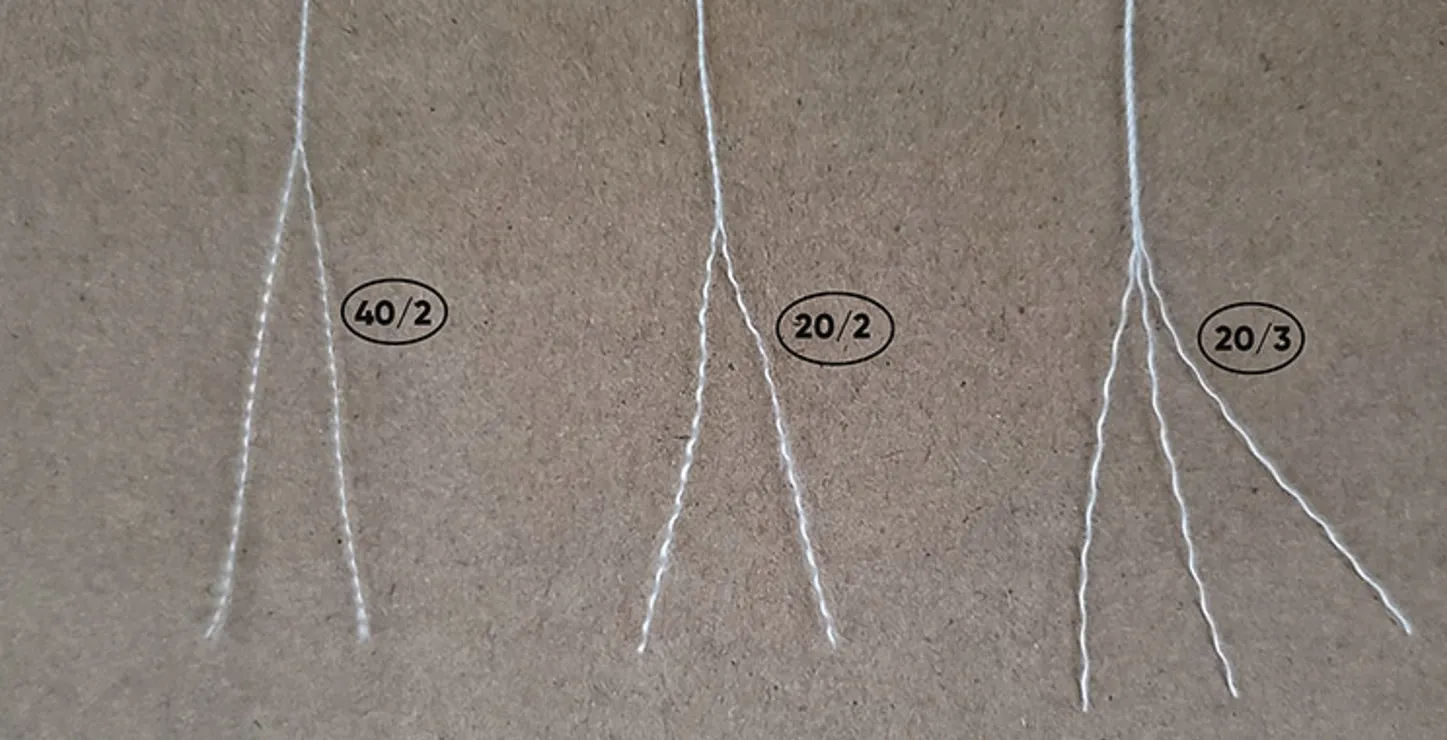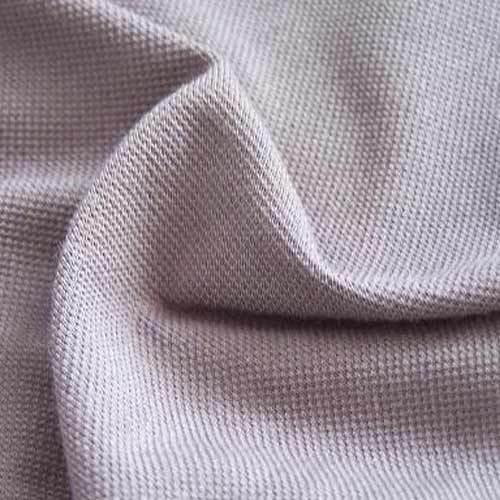
Bamboo fabric is winning fans for a simple reason: it feels great and works hard. Soft like a favorite tee, yet cool and breathable in heat, it wicks sweat, helps resist odor, and is gentle on sensitive skin. Behind the scenes, there are important differences in how it’s made older viscose methods and newer closed-loop lyocell so impact and quality can vary. This guide explains bamboo fabric in plain English, covering what it is, how it’s produced, and how it performs in real life. You’ll find clear notes on comfort, care, durability, dyeing, price, and the planet, plus practical uses from underwear and sleepwear to activewear and designer pieces. By the end, you’ll know exactly what to look for, how to care for it, and why bamboo is helping fashion move toward softer, smarter, and more sustainable clothes.
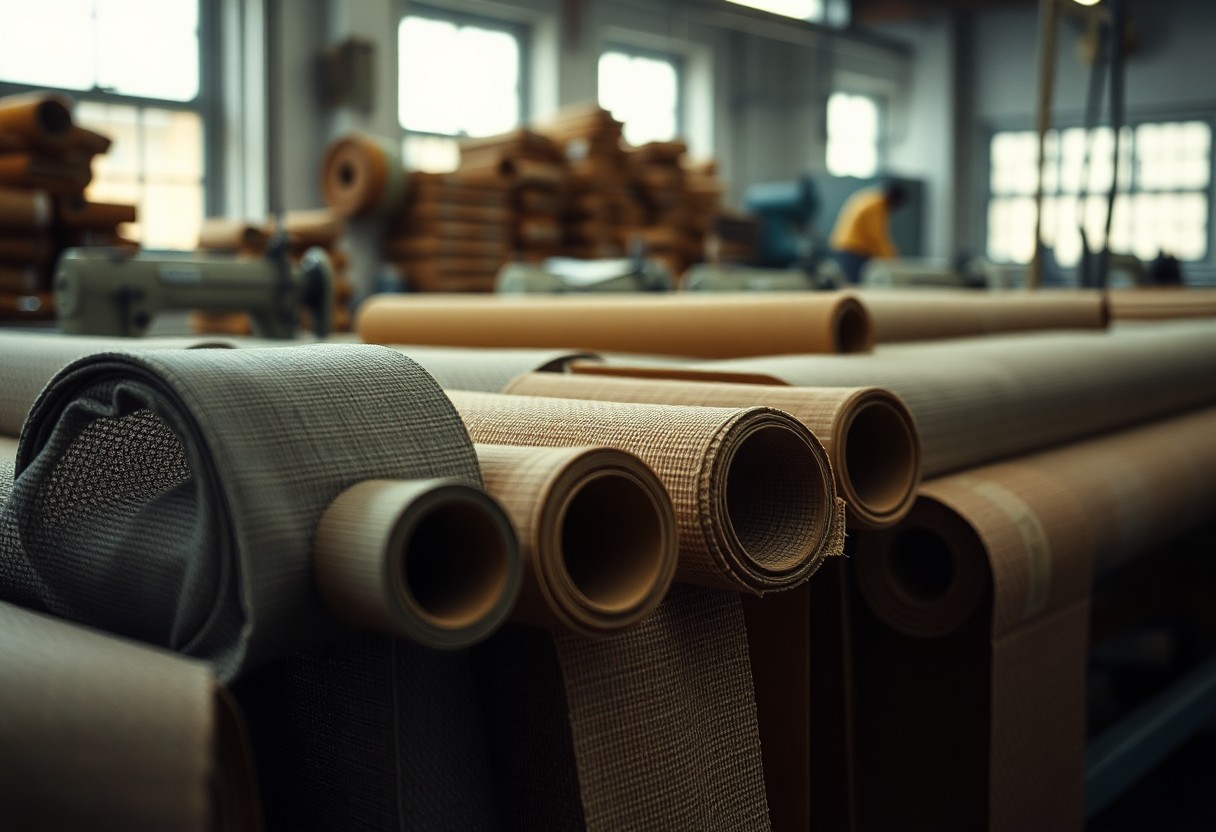
What Kind of Bamboo Fabric?
Bamboo fabric is made from cellulose derived from bamboo wood, combined with other compounds to produce a special textile. To make it, manufacturers extract the finest fibers from the bamboo stalk, spin those fibers into yarn, and then weave them into fabric before dyeing and finishing.
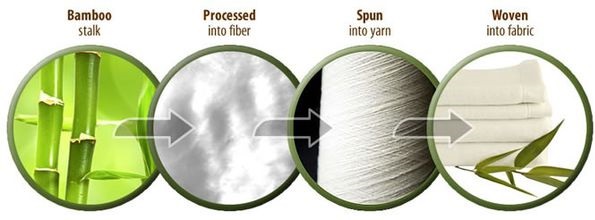
Where does bamboo fabric originate?
Bamboo (or bamboo fiber) fabric started in Asia and later became popular in Europe and the U.S. Initially, bamboo pulp was used to make paper. But with advances in technology, bamboo fibers began to be adapted into textiles. The earliest bamboo fiber processes originated in Beijing, and as technology evolved, people found ways to remove the natural glue in bamboo and combine it with other substances to produce high-quality fabric. Today, bamboo fiber is created through mechanical processing followed by chemical treatment.
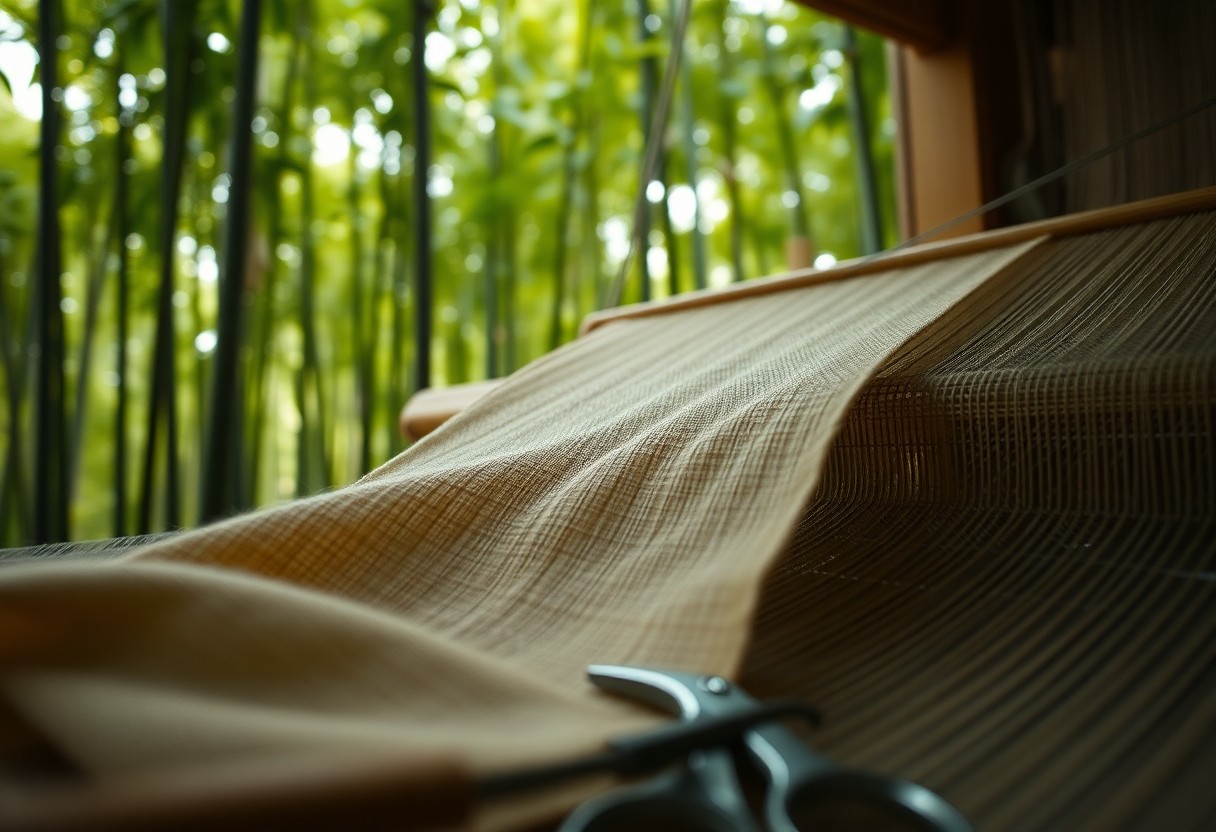
What are The Properties of Bamboo Fabric?
Advantages:
- Excellent absorbency: Bamboo fibers absorb moisture better than cotton over 50% more. That means bamboo fabric excels at wicking sweat and keeping you dry.
- Thermoregulation: Bamboo fabric has the neat trait of feeling warm in cold weather and cool in hot weather. This is thanks to its breathable structure and natural cooling effect.
- Antibacterial & odor resistance: Bamboo inherently resists bacteria. When processed into fabric, the cellulose and antibacterial compounds can remove unwanted microbes. Japanese scientists have shown that bamboo fabric still maintains about 99.98% antibacterial effectiveness even after 50 washes. That makes it ideal for items like socks, undergarments, and masks.
- UV protection: Bamboo fibers don’t easily absorb sunlight, making this fabric useful for garments designed to block ultraviolet rays while staying cool.
- Eco-friendly: Bamboo can be grown with minimal fertilizers, and many bamboo-fiber production lines operate in closed systems that reduce pollution.

Disadvantages:
- Difficult to maintain: Bamboo fabric can stretch, wrinkle, or take longer to dry compared to conventional fabrics. It requires careful washing and storage.
- High cost: The production process is more complex and expensive, which raises the price of bamboo textiles and limits widespread adoption.
Applications of Bamboo Fabric in Fashion
Clothing
Because it’s comfortable and moisture-wicking, bamboo fabric is often used in modern fashion. It keeps you dry on hot days and delivers antibacterial and odor control properties, making it suitable for T-shirts, dress shirts, and activewear. With advanced production techniques and natural sources, bamboo fabric supports a wide variety of designs everything from basic tees to elegant dresses while promising longevity and wearer comfort.
Eco-Luxury and Designer Fashion
Bamboo fabric has moved beyond basics many designers now use it in high-end collections.
- Its natural sheen and smooth drape give a premium look.
- Works well in resortwear, soft tailoring, and minimalist silhouettes.
- Designers value it for blending sustainability with elegance.
Underwear and socks
Bamboo fiber has become especially popular in underwear and socks thanks to its softness, stretch, and antibacterial nature. Wearing bamboo garments feels like a second skin. Thanks to its odor resistance, bamboo undergarments help you feel fresh all day. You won’t worry about unpleasant smells or dampness after prolonged wear.
How Bamboo Fabric Is Changing Fashion
Bamboo fabric is quietly reshaping the fashion world. Once known only for basics like T-shirts and socks, it now appears in everything from luxury resortwear to sustainable street style. Designers love it for its soft, silky touch, elegant drape, and ability to keep the body cool or warm as needed. This blend of comfort and performance has made “feel-good” fabrics the new standard in modern wardrobes.
Beyond comfort, bamboo is part of fashion’s shift toward responsibility. It grows quickly, renews naturally, and needs little water, giving designers a way to tell authentic eco-stories without sacrificing style. As production technology improves, more mills adopt closed-loop processes that recycle solvents and reduce waste turning bamboo into a cleaner, smarter material choice.
The rise of bamboo has also blurred boundaries between homewear and daily wear. Pajama-soft loungewear, smooth leggings, and breathable shirts now move easily from sofa to street. With its antibacterial, odor-resistant qualities, it supports longer wear and fewer washes, aligning perfectly with the “less but better” movement.
By joining comfort, aesthetics, and ethics, bamboo fabric is redefining what people expect from clothes soft, functional, and mindful at the same time. It’s not just a trend; it’s the quiet revolution of fashion that feels as good as it looks.
Conclusion
Bamboo fabric combines luxury comfort with natural performance. It absorbs sweat, resists odor, and feels incredibly soft all while being renewable. Still, it’s not perfect: production can be chemical-intensive, and prices run higher than basic cotton.
Yet, as technology advances and closed-loop processes spread, bamboo textiles are becoming cleaner and more sustainable. If you’re looking for a soft, breathable, and eco-minded fabric, bamboo is an excellent choice for both your wardrobe and the planet.

